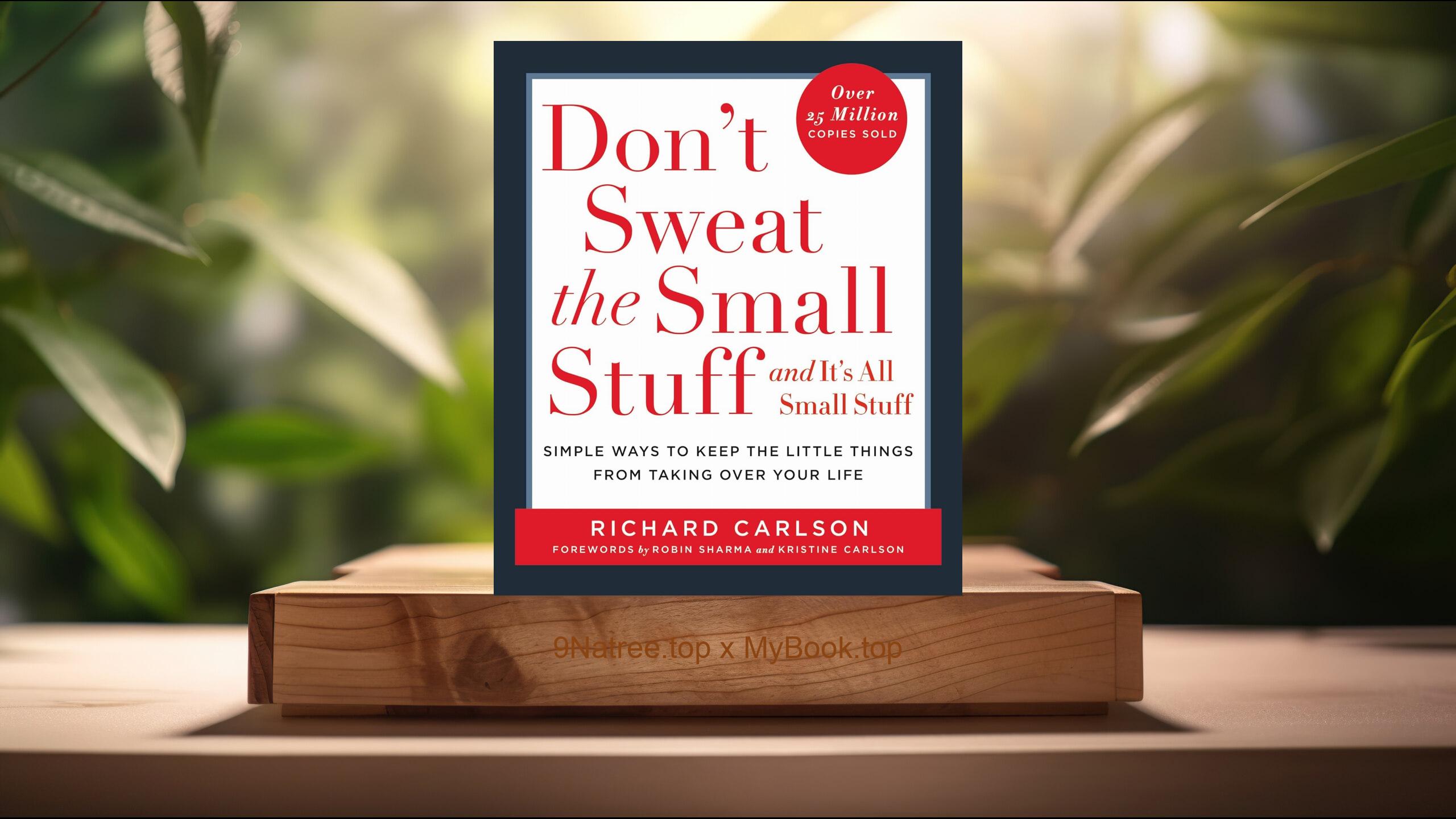Show Notes
- Amazon USA Store: https://www.amazon.com/dp/0805073698?tag=9natree-20
- Amazon Worldwide Store: https://global.buys.trade/Why-Zebras-Don%27t-Get-Ulcers%2C-Third-Edition-Robert-M-Sapolsky.html
- eBay: https://www.ebay.com/sch/i.html?_nkw=Why+Zebras+Don+t+Get+Ulcers+Third+Edition+Robert+M+Sapolsky+&mkcid=1&mkrid=711-53200-19255-0&siteid=0&campid=5339060787&customid=9natree&toolid=10001&mkevt=1
- Read more: https://mybook.top/read/0805073698/
#stressbiology #chronicstress #RobertSapolsky #healthanddisease #neuroscienceofstress #mindbodyconnection #stressmanagement #psychoneuroimmunology #WhyZebrasDontGetUlcersThirdEdition
These are takeaways from this book.
Firstly, The Biology of the Stress Response, A central theme of the book is understanding what stress actually is at the biological level. Sapolsky explains that the stress response is an ancient survival mechanism designed for short‑term physical crises: you either fight, flee, or die. When a zebra is chased by a lion, its heart rate, blood pressure, and energy mobilization skyrocket, then return to normal once danger passes. Humans, however, trigger the same response for psychological and social threats, such as job insecurity, debt, or relationship conflict. Sapolsky walks through hormones like adrenaline and glucocorticoids, detailing how they mobilize fuel, sharpen attention, and suppress nonessential functions like digestion and reproduction. This topic shows that stress itself is not inherently bad; the problem is when this system, designed for minutes of activation, is turned on for weeks, months, or years. That mismatch between ancient physiology and modern lifestyle is the root cause of stress‑related disease.
Secondly, How Chronic Stress Damages the Body, Sapolsky devotes substantial attention to how long‑term stress gradually harms virtually every major body system. He shows that chronic exposure to stress hormones raises blood pressure, encourages plaque buildup, and increases the risk of heart attacks and strokes. The book explains how stress suppresses the immune system, making you more vulnerable to infections yet paradoxically more prone to autoimmune diseases when regulation fails. Digestion suffers as ulcers, irritable bowel issues, and metabolic problems become more likely. Chronic stress also disrupts sleep and reproductive health, altering fertility, libido, and menstrual cycles. Sapolsky emphasizes that these conditions are not purely psychological; they are deeply rooted in measurable biochemical processes. By connecting everyday stressors to hypertension, diabetes, gastrointestinal problems, and more, he reframes many common illnesses as partly diseases of chronic stress. Understanding these links empowers readers to take stress management as seriously as diet or exercise when considering long‑term health.
Thirdly, Stress, the Brain, and Mental Health, A major focus of the book is the impact of stress on the brain and mental well‑being. Sapolsky describes how long‑term elevations in stress hormones can damage the hippocampus, a brain region critical for memory and learning, potentially contributing to memory problems and increasing vulnerability to depression. He explores how chronic stress alters neurotransmitters, changing mood and motivation, and how it can worsen anxiety and depressive disorders. The book also examines the biology of learned helplessness and the ways in which feeling out of control amplifies stresss harmful effects. Sapolsky bridges the gap between neuroscience and everyday experience, explaining why stressful childhoods, social isolation, or chronic workplace pressure can leave lasting marks on brain circuitry. This topic highlights that mental health issues are not a sign of weakness; they are often the natural outcome of prolonged exposure to biological stress pathways. Understanding this helps reduce stigma and points toward more compassionate, science‑based approaches to treatment and self‑care.
Fourthly, Personality, Society, and Individual Differences in Stress, Sapolsky emphasizes that not everyone experiences or responds to stress in the same way. He discusses how personality traits, early life experiences, and social context shape our vulnerability. People who feel a sense of control, have strong social support, and interpret challenges as manageable tend to experience less harmful stress, even when facing objectively difficult situations. Conversely, those in rigid hierarchies, with little autonomy and chronic uncertainty, suffer more. Drawing on primate research and human studies, Sapolsky explains how social rank, inequality, and a lack of predictability can intensify stress responses. He also examines how childhood adversity can program stress systems, making some individuals more reactive throughout life. Importantly, this topic underscores that stress is not just a private, internal problem; it is also a social and structural issue. By understanding these differences, readers can better see why some people seem more resilient, and what social conditions truly support health and well‑being.
Lastly, Coping, Resilience, and Practical Ways to Reduce Stress, While much of the book explains how stress harms us, Sapolsky also explores what we can do about it. He reviews evidence‑based coping strategies that genuinely reduce physiological stress burden rather than merely distracting us. Predictability, a sense of control, social support, and opportunities to express emotions are key protective factors. He discusses how exercise can mimic the short bursts of activity our stress systems evolved for, helping burn off stress hormones in a healthy way. The book also covers the benefits and limits of techniques like relaxation, humor, reframing situations, and cultivating meaning or purpose. Sapolsky is careful not to oversell simple fixes; he acknowledges that no coping strategy can completely erase the effects of poverty, discrimination, or traumatic environments. However, he shows that even modest changes in perception, routine, and social connection can meaningfully reduce the health impact of stress. This topic leaves readers with realistic, science‑grounded tools for becoming more resilient in everyday life.
![[Review] Why Zebras Don't Get Ulcers, Third Edition (Robert M. Sapolsky) Summarized](https://episodes.castos.com/660078c6833215-59505987/images/2231373/c1a-085k3-47mq79v7h6wx-mch8kf.jpg)




